A review of technologies that remove or/and inactivate airborne pathogens found that air filtration, solely consisting of fibrous filters, is currently the only established and implemented system on swine farms. Thus, SHIC funded a project with the goal of identifying other industrially and medically implementable technologies – electrostatic precipitators and ultraviolet-C systems, both in-duct and upper room – that could have a role in livestock management as they are scalable and effective. The review, conducted by a team led by Dr. Montserrat Torremorell of the University of Minnesota, includes examining these and other aerosol biocontainment options for their use on swine farms.
Overall, the purpose of the aerosol biocontainment review is to help in the decision-making process to prevent the spread of infectious bioaerosols capable of causing disease outbreaks with significant economic consequences. Aerosol biocontainment addresses airborne pathogens which are the most difficult to control and, in modern livestock production, the most difficult to contain. For swine raised in confinement and in controlled ventilated environments where exhaust fans help transport particles from inside to outside of the facility, this is particularly true.
Emerging technologies, consisting of more recently developed systems at the laboratory or bench scale, have not been tested at the scale, such as building size and flow rates, required for agricultural biosecurity. Consequently, these new options are several developmental steps away from direct implementation. Examples of emerging technologies include microwave, bipolar and unipolar ionization, non-thermal plasma, photocatalytic, ozone and chemical disinfection.
Beyond air filtration and emerging technologies, the review discovered protocols and practices that could currently be ready for use at the farm level including wind breaks, covering of fans, movement of infected animals to other sites, depopulation, and reduced ventilation. Conceptually, these protocols and practices could be employed in the face of a disease outbreak, but their direct impact on reducing the emission airborne pathogens needs to be evaluated and quantified.
In the forthcoming publication of this project, Dr. Torremorell’s team describes the nature of the technologies as well as discusses testing parameters and future steps for considering existing and emerging technologies for livestock production.
SHIC, launched by the National Pork Board in 2015 solely with Pork Checkoff funding, continues to focus efforts on prevention, preparedness, and response to novel and emerging swine disease for the benefit of US swine health. As a conduit of information and research, SHIC encourages sharing of its publications and research. Forward, reprint, and quote SHIC material freely. SHIC is funded by America’s pork producers to fulfill its mission to protect and enhance the health of the US swine herd. For more information, visit http://www.swinehealth.org or contact Dr. Paul Sundberg at [email protected].
Copyright 2025 | Swinehealth.org | Website by Heartland Marketing Group